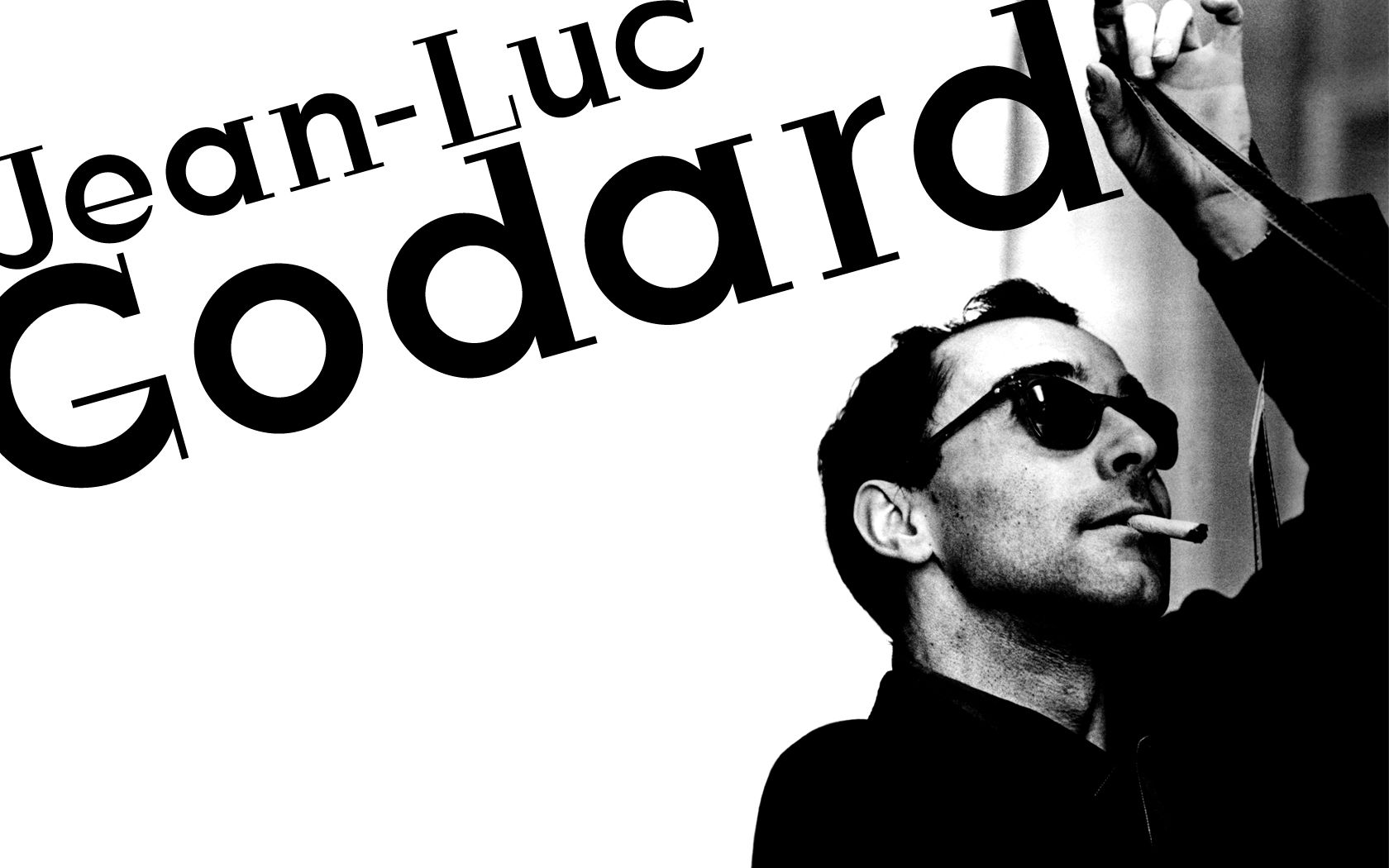

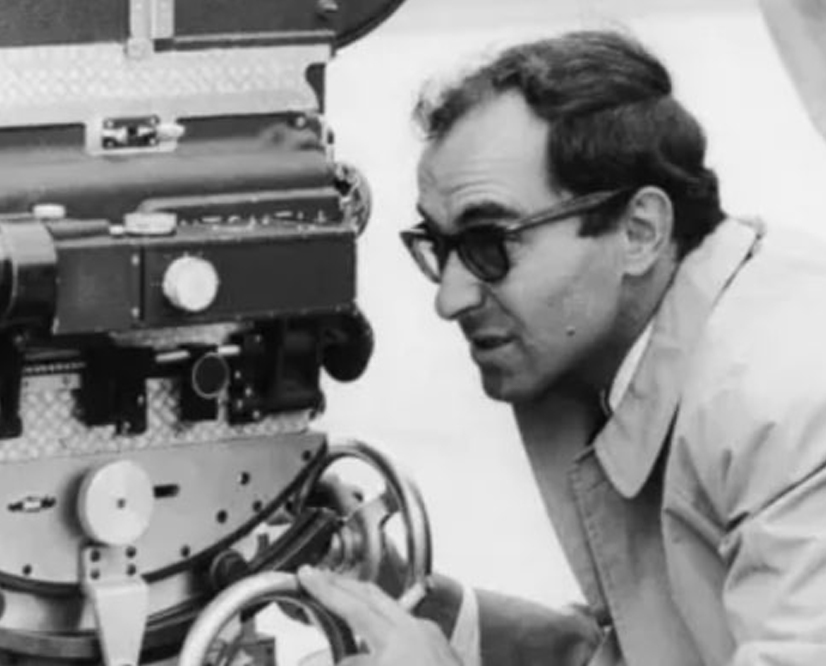
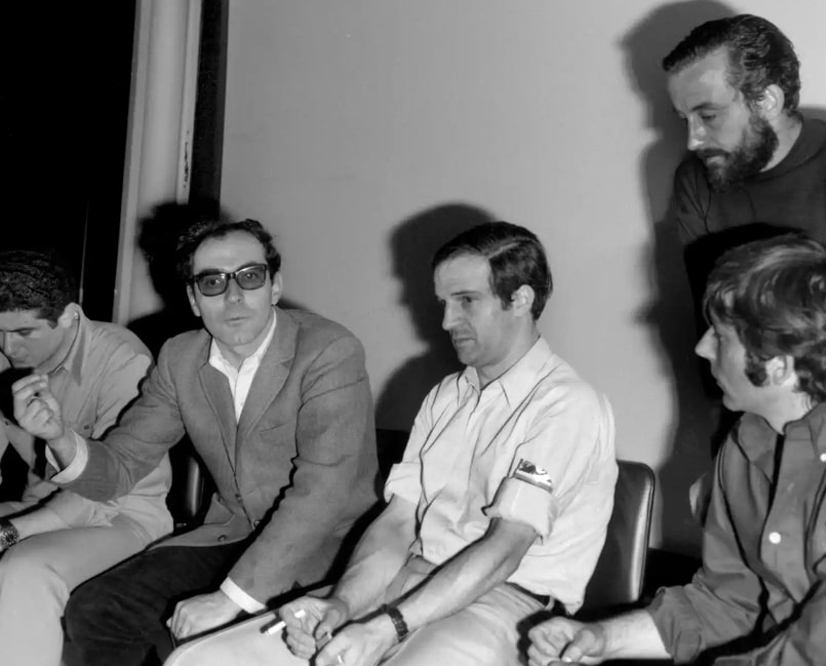
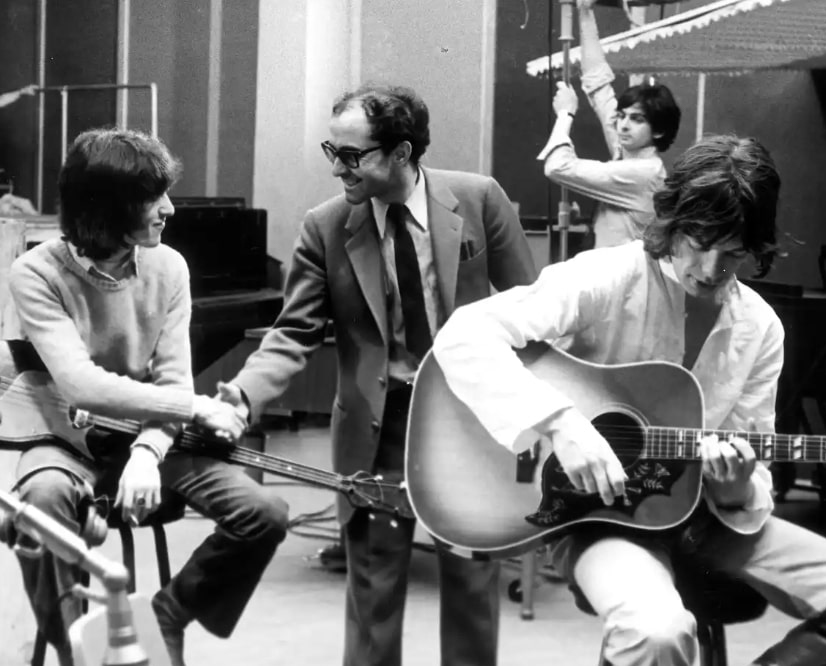
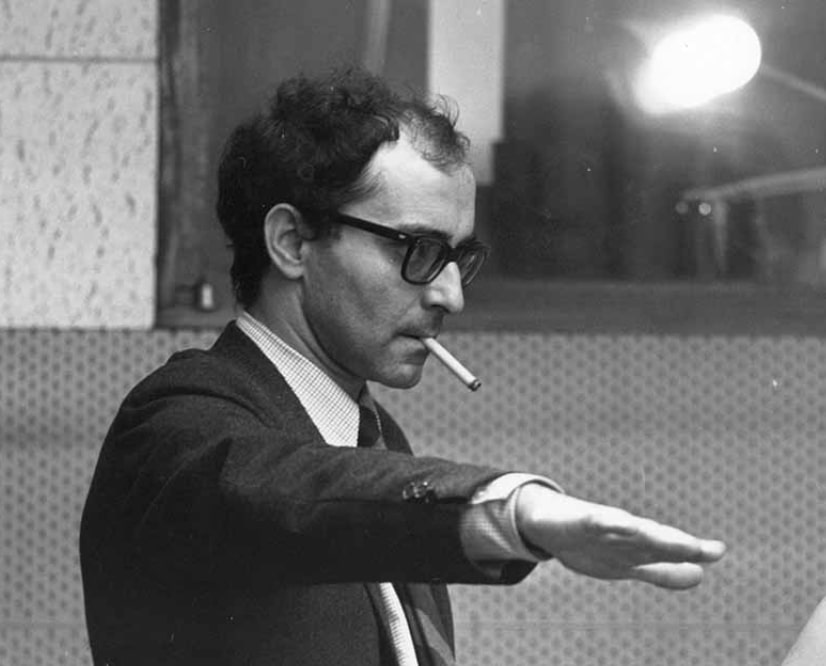
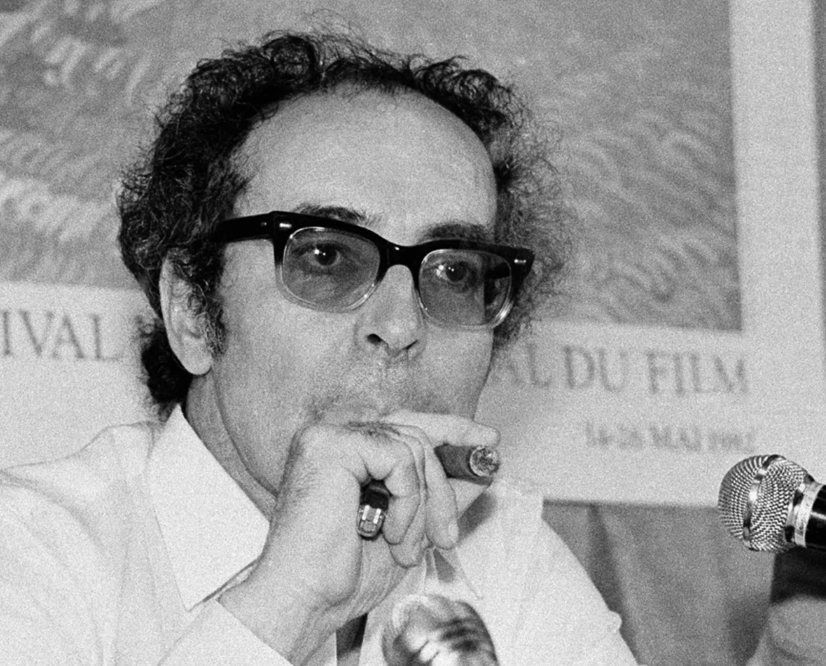

Jean-Luc Godard was born on December 3, 1930, in Paris, France. He grew up in Nyon, Switzerland, and later returned to Paris to study at the Sorbonne. He was a pioneering film director, screenwriter, and critic, widely regarded as one of the most influential figures in the history of cinema.
Godard started his career as a film critic, writing for influential magazines such as Cahiers du Cinéma. His writings were often provocative and challenged conventional notions of filmmaking. He was a key player in the French New Wave (Nouvelle Vague) movement of the 1960s, which revolutionized film narrative and style.Throughout the 1970s and 1980s, Godard continued to push the boundaries of cinematic form. He experimented with video technology and embraced a more collaborative approach to filmmaking. His later works, such as Hail Mary (1985) and Goodbye to Language (2014), maintained his reputation as a provocateur and innovator.
Jean-Luc Godard's influence on cinema is immeasurable. His willingness to challenge conventions and explore new possibilities has inspired countless filmmakers around the world. He passed away on September 13, 2022, leaving behind a legacy of groundbreaking work that continues to shape the art of filmmaking.
Many of his films explore existential themes and philosophical questions about life, identity, and society. As his characters are often intellectuals or artists who engage in philosophical and political discussions. The dialogues in Godard's films can be spontaneous and improvised, adding a layer of authenticity and unpredictability.
"Do you know what turns darkness into light? poetry."
Alphaville (1965)
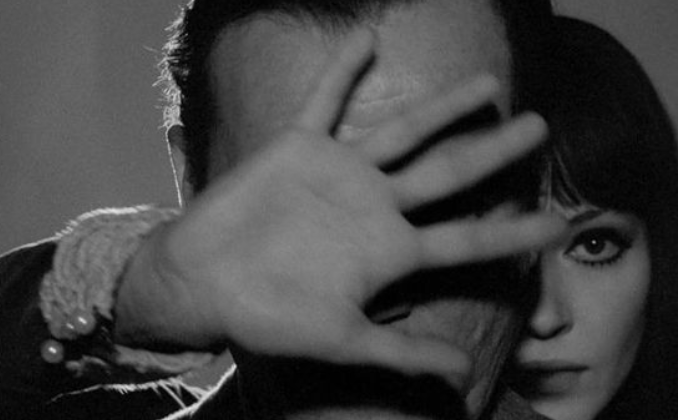

As a leading figure in the French New Wave (Nouvelle Vague), Godard, along with contemporaries like François Truffaut and Éric Rohmer, redefined cinematic techniques and aesthetics. This movement emphasized on-location shooting, natural lighting, and improvised dialogue, creating a sense of realism and spontaneity.
Godard revolutionized narrative structures in film. His work often eschewed traditional storytelling in favor of fragmented, non-linear narratives, challenging audiences to engage with the film on a more intellectual level. This can be seen in films like Breathless (À bout de souffle), where jump cuts and disjointed editing create a unique viewing experience.
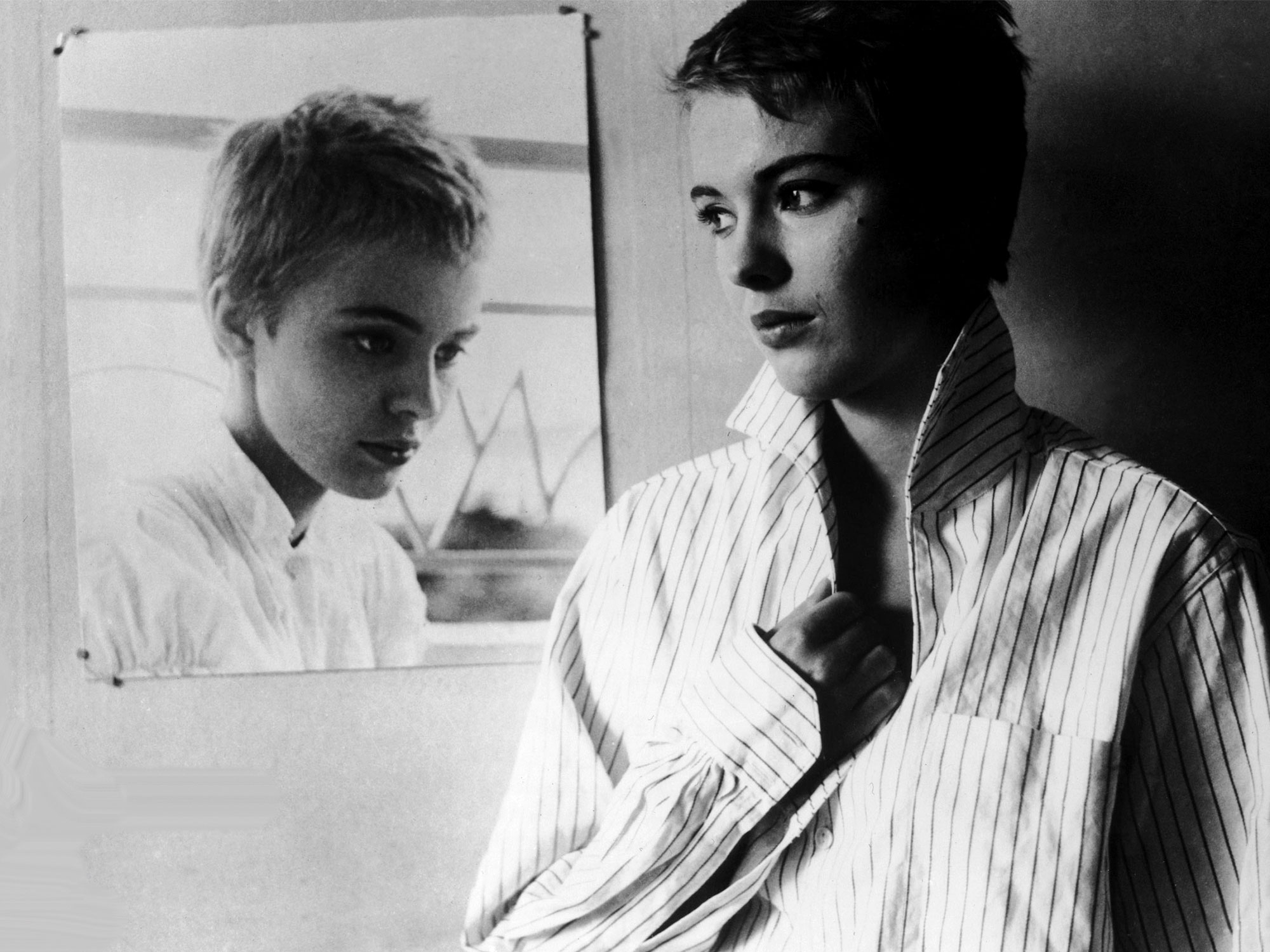

He transformed the use of sound and music in cinema. Godard frequently used diegetic and non-diegetic sound in unconventional ways, creating a jarring yet compelling auditory experience. His approach to sound design was as radical as his visual style.